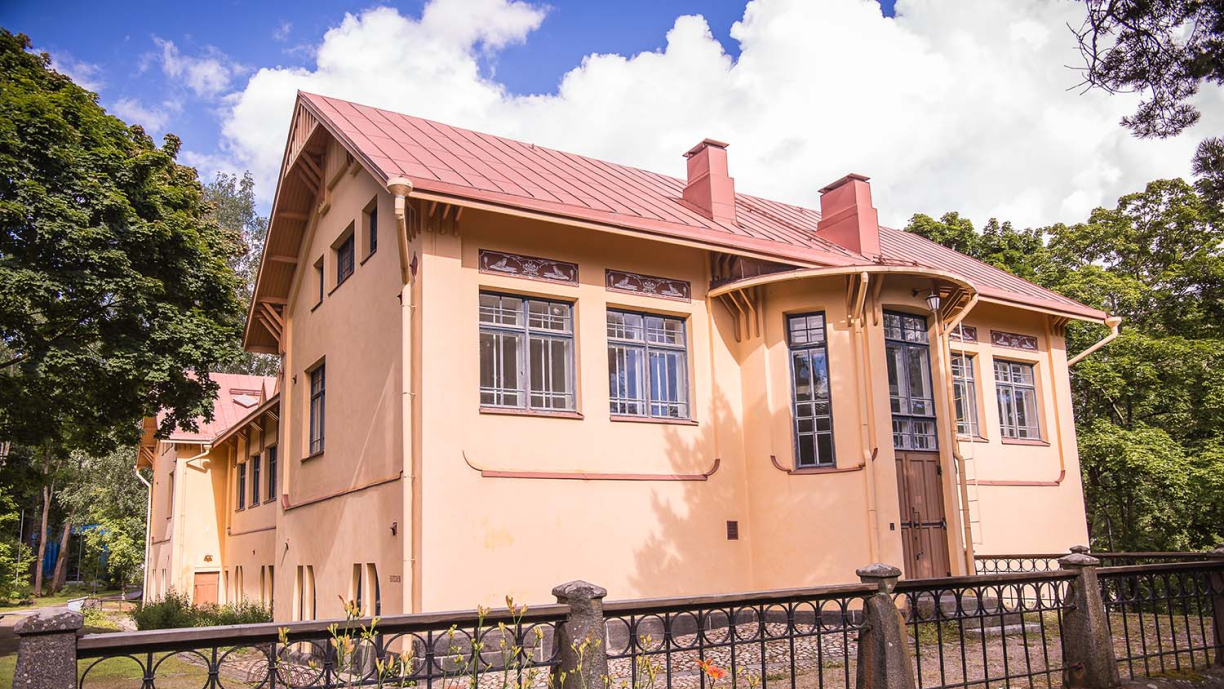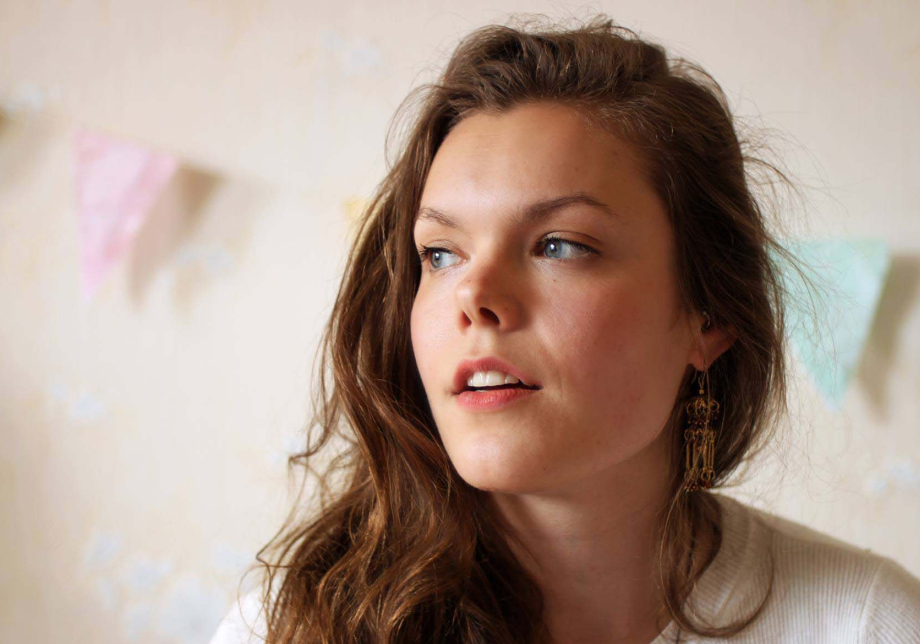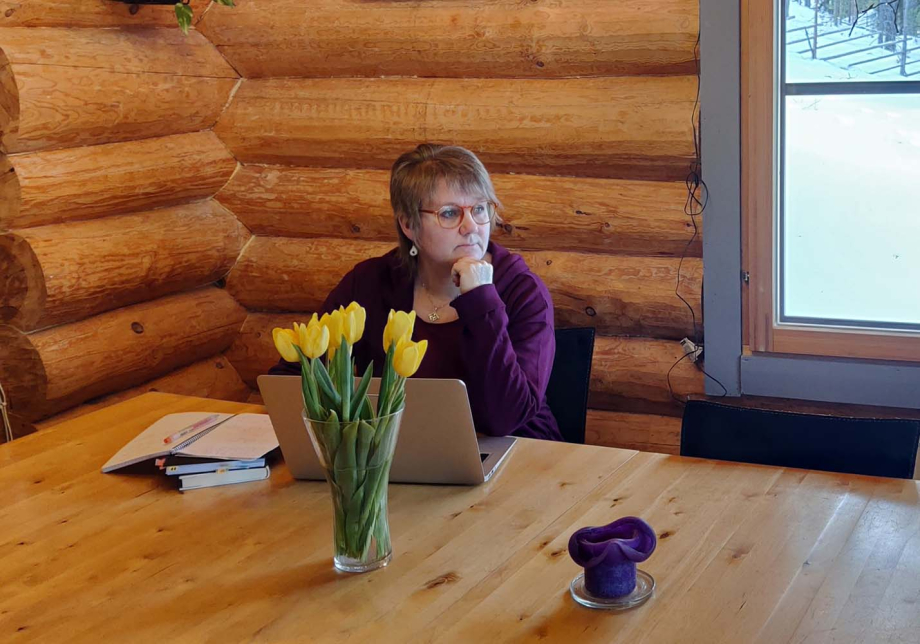Culture brings Villa Rana to life

Cultural Centre Villa Rana is situated in a unique milieu on the campus of the University of Jyväskylä, which was awarded Finland’s first European Heritage Label by the European Commission in spring 2022. The Art Nouveau building, completed in 1905, was designed by renowned Finnish architect Yrjö Blomstedt, who originally intended it for the teacher seminar’s drawing, sculpture and other handicrafts teaching. It was later used as a lecture building by the university.
After standing empty for several years, the building was given new life when its premises were renovated for use as a cultural centre. The building and the surrounding land are owned by Keski-Suomen Suojeltavat Museokinteistöt Oy, a real estate company for protected museum properties in Central Finland. Long-term tenants include the Film Centre of Central Finland, the Regional Dance Centre of Central Finland, the Children’s Music Orchestra Loiskis, the Teatterikone theatre group, and the Jyväskylä Festival. Spaces are also rented to other cultural operators for individual events.
Villa Rana has responded to the demand in Jyväskylä for small cultural spaces that can accommodate around 100 people.
“Most spaces in Jyväskylä are used by cultural actors for their own activites. They have not been able to accommodate anyone else. It has been a long-standing dream here to have a place where especially small and independent cultural actors could find performance spaces,” says Vilja Ruokolainen, Executive Manager at Villa Rana.
Operations at Villa Rana began in the summer of 2021, just when Covid-19 restrictions made it hard to organise events. However, Ruokolainen also finds positive aspects in this.
“It was so quiet then that we could practice running the cultural centre and furnishing the spaces. Covid-19 subsidies also enabled us to develop operations, which we would not have been able to do otherwise.”
Culture for people of all ages
The historical value and personality of Villa Rana and its surroundings make it exceptional in Jyväskylä's cultural field. In many ways, this has been an advantage, according to Ruokolainen.
“This building attracts people just for its milieu and atmosphere. The spaces also inspire artists who perform here.”
At the same time, however, Villa Rana's cultural-historical value has also been a disadvantage, as it causes restrictions for modifying the spaces. The building is strictly protected, including its interior, which means the individual rooms cannot be renovated however tenants wish.
“Everything we have done here can be dismantled and returned to its original condition,” Ruokolainen confirms.
It takes a lot of work for young people to find a place like this.
The cultural offerings at Villa Rana are diverse, as the programme has included film screenings, concerts, exhibitions and theatre performances. People from young children to middle-aged adults and senior citizens have enjoyed culture in the building, but attracting teenage audiences has been somewhat challenging, Ruokolainen admits.
“We have tried to reach out to them with rap concerts, for example. However, it takes a lot of work for young people to find a place like this, which is in a prestigious area and looks fancy.

Vital funding
In 2020, the support association “Jyväskylän kulttuuritalon tukiyhdistys” was awarded a five-year operational subsidy from Taike for Villa Rana. The subsidy is substantial, as it provides a minimum of 100,000 a year to support Villa Rana's operations.
The significant and multi-year funding made it possible to launch operations at Villa Rana. According to Ruokolainen, it also made it easier to access other project funding.
“If we would not have received subsidies at the start to enable us to install theatre technology and audience furniture, for example, we would have ended up with a half-used building that could only be used for a small fraction of the operations we have now.”
If at some point we do not get public funding, then we would have to start thinking about renting banqueting spaces to companies.
Attracting funding also in the future is essential for the continuation of operations. According to Ruokolainen, Villa Rana's expenses are so high that if the amount of subsidy funding decreases significantly, operations would have to be changed to make the cultural centre more financially viable.
“Then we would have to forget most of the small cultural actors, for whom we currently offer spaces at a reasonable price. If at some point we do not get public funding, then we would have to start thinking about renting banqueting spaces to companies, for example. Ultimately, it would be a question of whether we could even stay here.”
”Meet Our Funding Recipients” is a series of articles that introduces you to artists, working groups and communities who have received funding from Taike. In these interviews, funding recipients discuss their art and the projects they have been able to implement with the support of funding.









